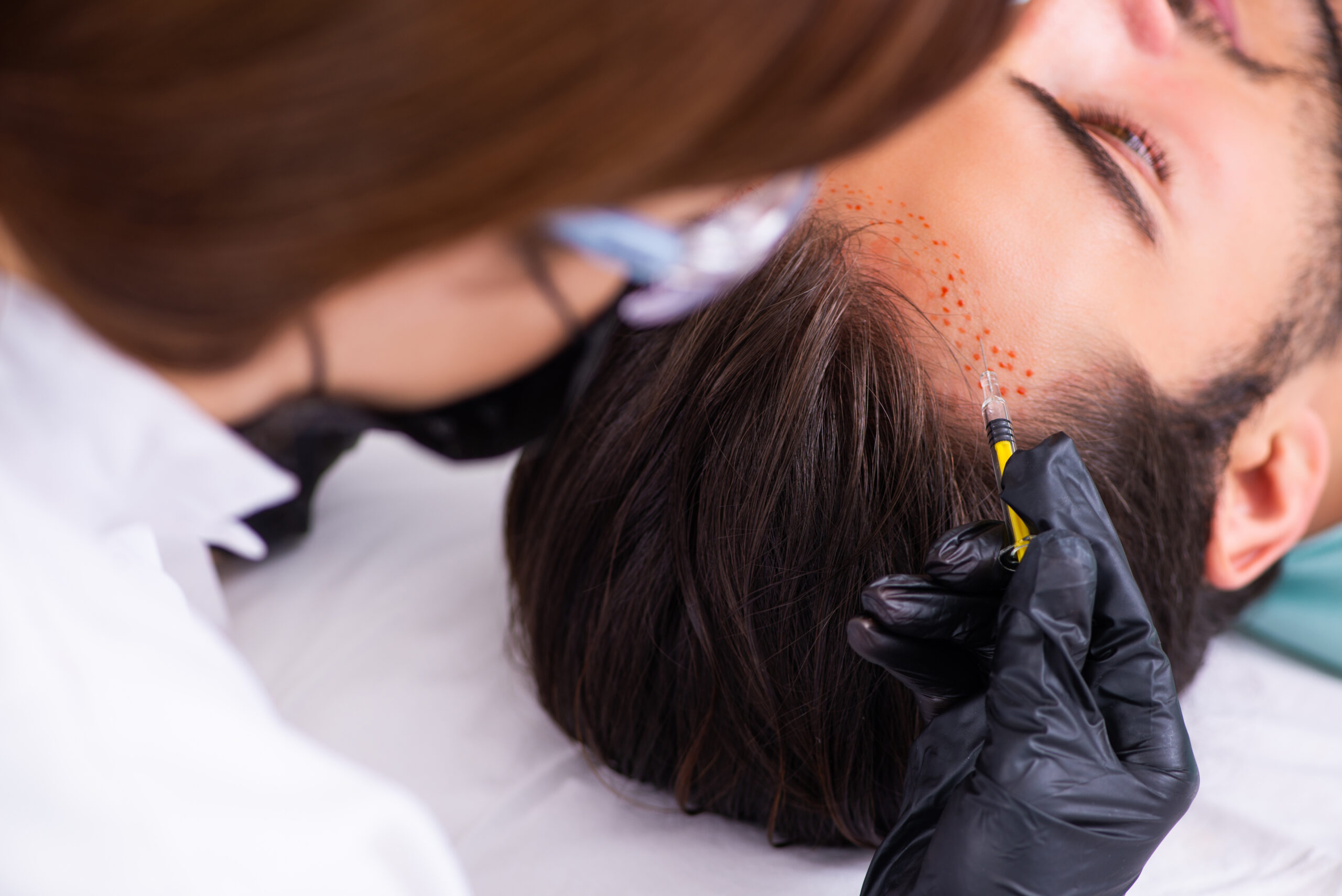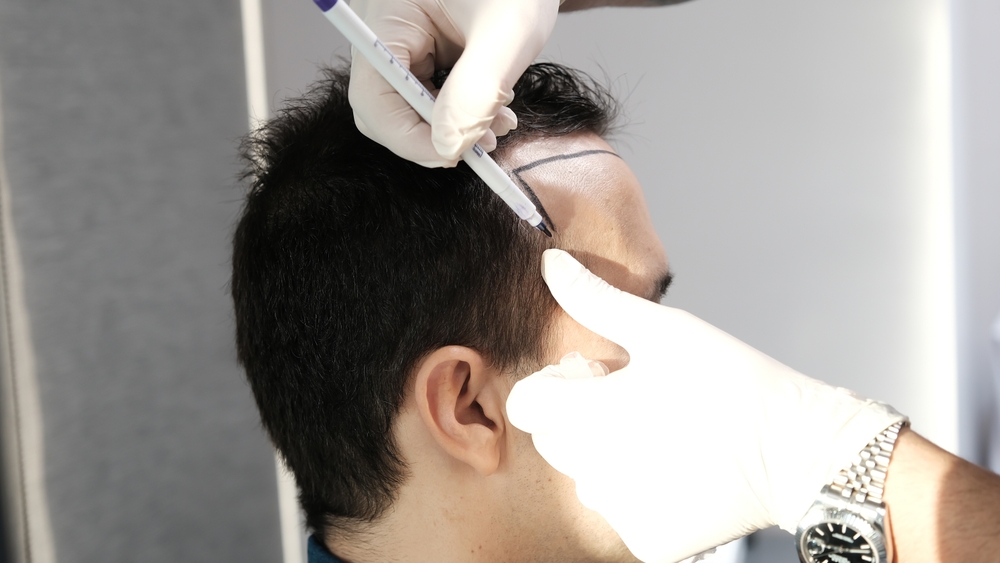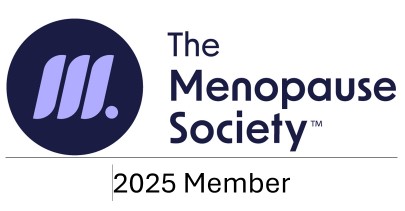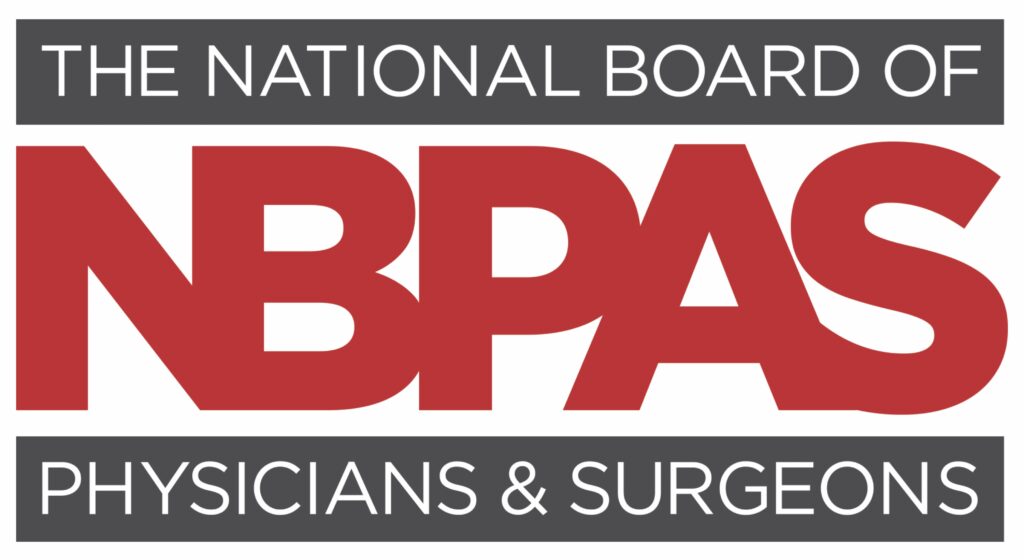
Hair loss affects millions of people, causing physical changes and even emotional distress. While traditional treatments have ranged from topical solutions to invasive surgeries, recent advancements in regenerative medicine have introduced more effective and natural alternatives.
Among these innovations, Platelet-Rich Fibrin (PRF) hair restoration has emerged as a groundbreaking solution that harnesses the body’s healing capabilities to combat hair loss. PRF hair restoration has numerous benefits, which is why it is becoming a preferred choice for those seeking to regain their hair and confidence naturally.
PRF Hair Restoration: An Overview
Platelet-Rich Fibrin (PRF) hair restoration treatment has emerged as a revolutionary approach to combatting hair loss and promoting natural hair growth. This procedure uses the body’s own healing mechanisms to stimulate dormant hair follicles and encourage regrowth in areas affected by thinning or baldness.
Unlike traditional hair restoration methods that may involve surgery or synthetic compounds, PRF hair restoration leverages the regenerative properties of your blood components to achieve remarkable results.
PRF treatment for hair has gained significant attention in recent years due to its impressive outcomes and minimally invasive nature. For individuals suffering from various forms and causes of hair loss, PRF offers a promising solution that addresses the root cause rather than simply masking the symptoms.
PRF Hair Restoration Procedure Details
The PRF hair restoration procedure involves drawing a small amount of blood from the patient, which is then processed to isolate the platelet-rich fibrin component. This concentrated solution contains growth factors crucial in tissue regeneration and healing. When injected into the scalp, these substances stimulate dormant hair follicles, enhance blood circulation to the scalp, and create an optimal environment for hair growth.
Its entirely natural approach sets PRF hair restoration apart from other treatments. Since the procedure uses the patient’s own blood components, there is virtually no risk of allergic reactions or rejection. Additionally, PRF treatments can be performed as standalone procedures or in conjunction with other hair restoration methods to maximize results.
How Does PRF Hair Restoration Work?
To understand PRF’s effectiveness for hair growth, it’s important to delve into the science behind the procedure. PRF is a second-generation platelet concentrate that improves upon the earlier PRP (Platelet-Rich Plasma) technique. The key difference lies in the processing method, which preserves more beneficial components for a slower, more sustained release of growth factors.
The PRF hair restoration process typically follows these steps:
- Blood Collection: A small amount of blood is drawn from the patient, similar to a routine blood test.
- Centrifugation: The collected blood is placed in a centrifuge machine, which spins the blood at specific speeds to separate its components.
- PRF Extraction: The PRF layer is carefully extracted. This substance contains concentrated platelets and growth factors.
- Injection: The harvested PRF is then injected into targeted areas of the scalp using fine needles. To maximize its effectiveness, the injections are typically administered at the level of the hair follicles.
Once injected, PRF initiates multiple biological processes that promote hair restoration. The growth factors in PRF encourage the formation of new blood vessels in the scalp, enhancing blood flow to hair follicles. This increased circulation delivers essential nutrients and oxygen to the hair follicles, promoting their health and functionality.
Additionally, PRF contains anti-inflammatory components that help reduce scalp inflammation, which is a common contributor to hair loss.
Benefits of PRF Hair Restoration
PRF hair restoration offers several advantages, making it a compelling option for those seeking to address hair loss.
1. Non-Surgical and Non-Invasive
One of the most significant advantages of PRF hair restoration is its non-surgical nature. Unlike hair transplant procedures that involve extracting hair follicles from one area of the scalp and implanting them in another, PRF treatments do not require incisions, sutures, or tissue removal. This means:
- No Scarring: PRF injections leave no visible scarring on the scalp, preserving the aesthetic appearance of the treated area.
- Reduced Risk of Complications: By avoiding surgical intervention, PRF treatments significantly lower the risk of complications such as infection, nerve damage, or adverse reactions to anesthesia.
- Accessibility: PRF’s noninvasive nature makes it accessible to a broader range of patients, including those who may not be suitable candidates for surgical procedures due to health concerns or personal preferences.
- Comfort During Treatment: While patients may experience mild discomfort during the injection process, PRF treatments are generally well-tolerated. Many healthcare providers apply a topical anesthetic to minimize any discomfort.
The non-surgical approach of PRF treatment for hair also means that patients can resume their normal activities shortly after the procedure, making it a convenient option for those with busy lifestyles.
2. Increased Hair Density
Perhaps the most sought-after benefit of PRF hair restoration is its ability to increase hair density and improve overall hair quality. This treatment can significantly improve hair count, thickness, and growth rate. This is because the growth factors in PRF work at the cellular level to:
- Reactivate Dormant Follicles: PRF can stimulate hair follicles that have become dormant but are not completely dead, encouraging them to re-enter the growth phase.
- Strengthen Existing Hair: PRF’s nutrients and growth factors help strengthen existing hair strands, reducing breakage and improving overall hair health.
- Increase Hair Diameter: Many patients experience increased hair diameter following PRF treatments, resulting in fuller-looking hair.
- Improve Hair Texture: PRF can enhance the texture and quality of the hair, making it softer, more manageable, and less prone to damage.
The improvement in hair density typically becomes noticeable after a series of treatments. As PRF stimulates natural hair growth, the results appear gradual and natural.
3. Minimal Recovery and Downtime
PRF hair restoration offers the advantage of virtually no recovery period, allowing patients to return to their normal activities almost immediately after the procedure.
The minimal downtime associated with PRF treatments can be attributed to:
- Quick Procedure Time: A typical PRF session takes approximately 30 to 60 minutes, making it possible to schedule treatments during a lunch break or between other commitments.
- No Post-Procedure Restrictions: Unlike surgical hair restoration methods that may require weeks of recovery and various activity restrictions, PRF treatments have very few post-procedure limitations.
- Immediate Return to Normal Activities: Most patients can resume their daily routines, including work and light exercise, immediately after the treatment.
- No Special Aftercare Requirements: While healthcare providers may recommend avoiding harsh chemicals or excessive heat styling for a day or two, PRF treatments generally do not require elaborate aftercare routines.
The convenience of minimal downtime makes PRF injections for hair loss an attractive option for busy professionals, athletes, and individuals who cannot afford extended periods away from their responsibilities.
4. High Success Rates
While individual results may vary depending on factors such as age, the extent of hair loss, and underlying health conditions, most patients experience noticeable improvements following a series of PRF treatments. Several factors contribute to the high success rates of PRF for hair growth:
- Targeted Approach: PRF treatments can be customized based on the specific pattern and severity of hair loss, ensuring that the growth factors are delivered precisely where they are needed most.
- Cumulative Effect: While some improvement may be visible after a single treatment, the effects of PRF are cumulative. Most practitioners recommend a series of three to four treatments spaced four to six weeks apart for optimal results.
- Compatibility with Other Treatments: PRF can be combined with other hair restoration methods, such as topical medications, laser therapy, or even surgical procedures, to enhance overall outcomes.
- Long-lasting Results: When maintained with periodic touch-up treatments (typically every six to 12 months), the results of PRF hair restoration can be long-lasting.
Many patients not only experience increased hair density but also improvements in hair quality and scalp health.
5. Versatility Across Different Hair Types
PRF treatment for hair works effectively across different hair types, textures, and colors. Whether you have straight, wavy, curly, or coily hair, PRF can help strengthen your natural hair and encourage growth.
6. Improved Scalp Health
The regenerative properties of PRF extend beyond just hair follicles. Regular treatments can improve overall scalp health by reducing inflammation, enhancing blood circulation, and promoting a balanced scalp microbiome. This creates an optimal environment for healthy hair growth and may help address conditions like dermatitis or scalp psoriasis.
7. Cost-Effective Long-Term Solution
While the initial investment in PRF treatments may seem substantial, many patients find it a cost-effective long-term solution compared to ongoing purchases of topical treatments, medications, or hairpieces. With maintenance treatments typically required only once or twice a year after the initial series, PRF can be economically sensible over time.
8. Psychological Benefits
Hair loss can have significant psychological impacts, affecting self-esteem and confidence. PRF hair restoration offers hope to those struggling with the emotional toll of hair loss, providing a proactive solution that addresses the underlying causes of thinning hair.
PRF hair restoration represents a significant advancement in hair loss treatments. By harnessing the body’s healing mechanisms, PRF offers a natural, non-surgical approach to combating hair loss and promoting regrowth.
As with any medical procedure, those considering PRF hair restoration should consult with a qualified healthcare provider to determine if they are suitable candidates. Factors such as the cause and extent of hair loss, overall health status, and treatment goals will influence the expected outcomes and treatment plan.
Do you believe PRF hair restoration treatment is right for you? Contact Mirabile M.D. today to learn more.


